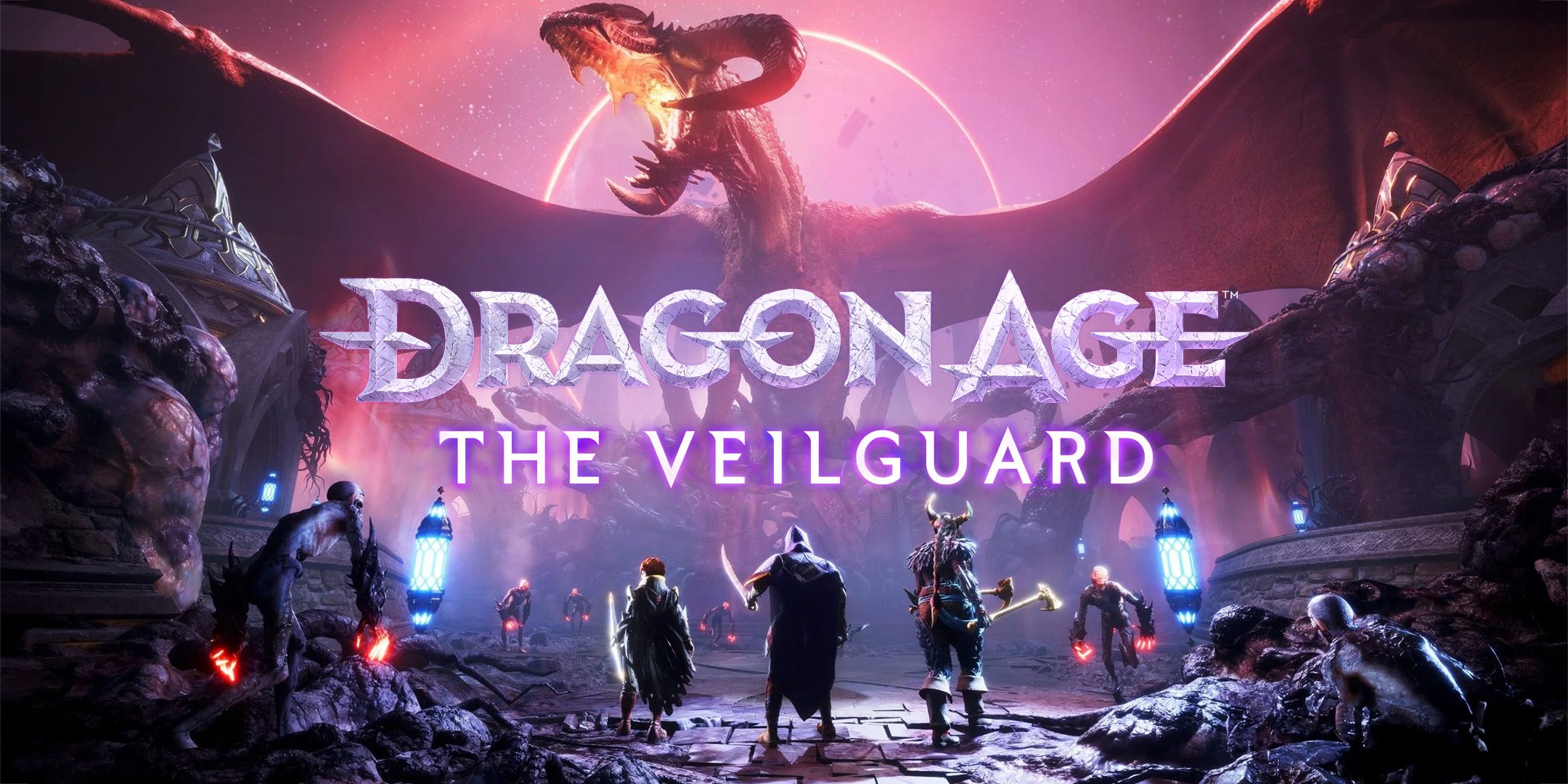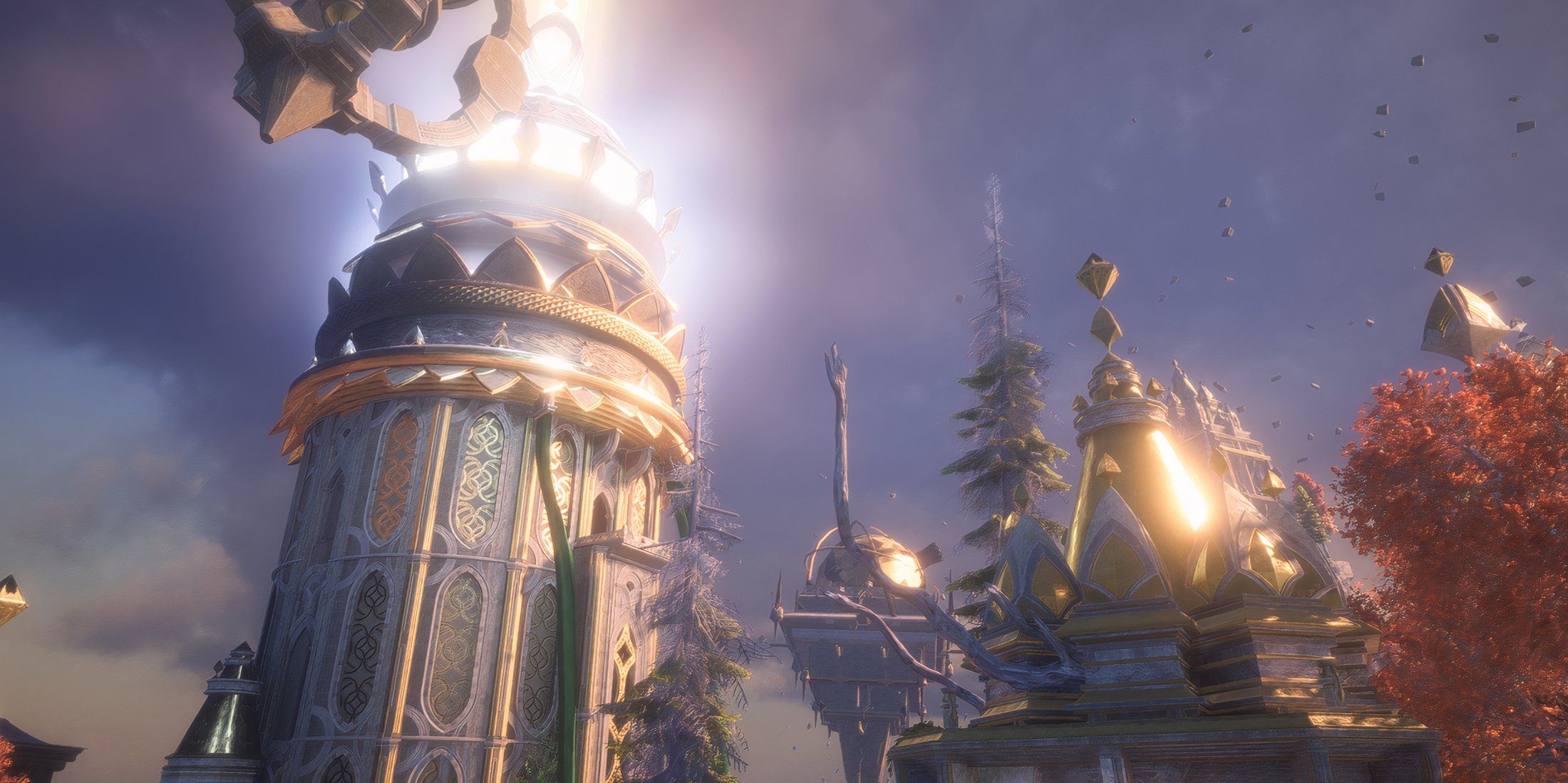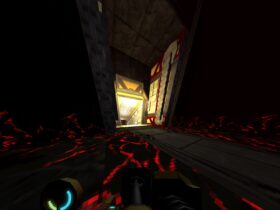This article contains story spoilers for Dragon Age: The Veilguard.There’s plenty to love about Dragon Age: The Veilguard, especially once the first few hours of exposition and growing pains are out of the way. The combat is some of the best to come out of BioWare, the setting is gorgeous, and Dragon Age: The Veilguard tells a story with clear goals and tight pacing. Like many RPGs, a fundamental pillar in Dragon Age: The Veilguard is a place for the player character and their party to return to after a series of adventures.
The home base for Dragon Age: The Veilguard is the Lighthouse, a refuge located in a pocket of the Fade. The Lighthouse serves as a great foundation for home bases in future BioWare games moving forward. The Lighthouse transcends all previous versions of BioWare home bases in several significant ways, which range from its depiction of lore to gameplay mechanics. Dragon Age: Inquisition left off with a ton of unanswered questions, and the Lighthouse itself answered many of them through its environments and its connection to the Crossroads.

Related
Dragon Age: The Veilguard Review
After 100 hours and 3 playthroughs of Dragon Age: The Veilguard, I feel justified in my ten-year wait and satisfied by the results.
The Lighthouse is Essential for Conveying Dragon Age: The Veilguard’s Lore
Solas is one of the most mysterious characters in Dragon Age. Despite Solas being a full companion from the very beginning of Dragon Age: Inquisition and being a romance option, he remains incredibly closed off and cagey about his past and experiences. Much of Solas’ past is connected to the lore and origins of Thedas, including the origins of the elves and dwarves, the fall of the Titans, the origin of the blight, and the creation of the Veil.
Rather than delivering the answers to these questions through Solas’ exposition, the Lighthouse is able to provide them due to its magical nature. Through the visuals of Solas’ frescoes, Rook and their party are able to experience Solas’ deepest regrets and key moments of his life visually and through listening to his past conversations. As the Lighthouse was once the staging area of Solas’ rebellion, keepsakes from this rebellion are also scattered around the home base, most notably from Solas’ general, Felassan. These give a different perspective on Solas, as well as a view of what happened after the creation of the Veil.
Integrating New Mechanics Into the Lighthouse Transforms Dragon Age: The Veilguard’s Gameplay
In addition to the Lighthouse’s novel depiction of lore, the Lighthouse’s gameplay mechanics make it incredibly easy to use. Rather than needing to visit each companion in turn to see if they have something to say, a light outside their door indicates if they’re available to speak or not. This saves time and eliminates the need to go from companion to companion to see if they have anything new to say.
The Lighthouse is also mutable instead of being static, and changes as the story progresses. As it is located in the Fade, it changes to accommodate Dragon Age: The Veilguard‘s companions and their preferences, going from derelict and drab to beautiful and full of life. Its connection to the Crossroads also means that Rook can journey across Thedas in an instant, giving a lore reason for traveling across vast distances in such a short space of time.
Aside from its meaningful gameplay mechanics and place in lore, the Lighthouse is also a gorgeous setting. Returning to the Lighthouse each time is a joy, and its role as a living place that responds to the player sets it up as not only one of the most unique locations in Dragon Age: The Veilguard, but in any BioWare game.
Source link













Leave a Reply